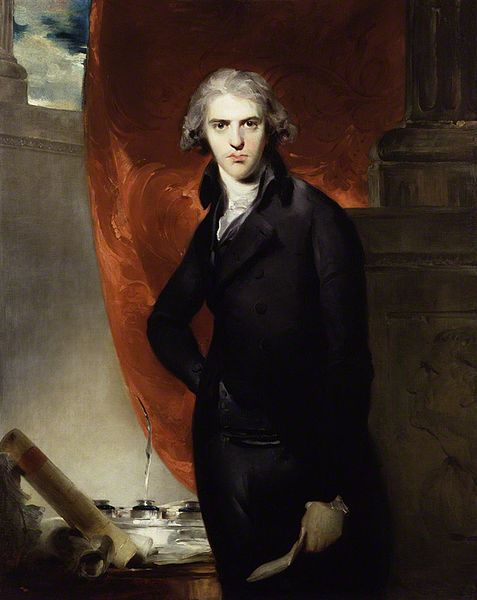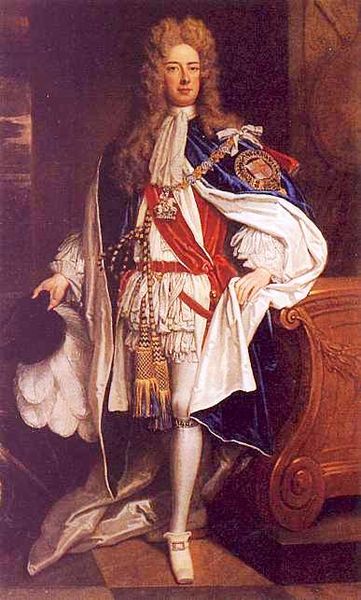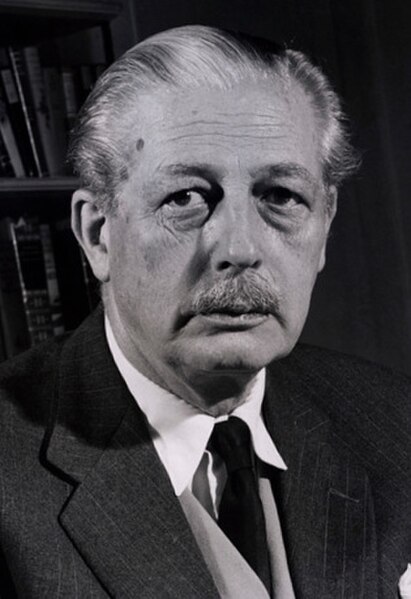A writ in acceleration, commonly called a writ of acceleration, is a type of writ of summons that enabled the eldest son and heir apparent of a peer with more than one peerage to attend the British or Irish House of Lords, using one of his father's subsidiary titles, during his father's lifetime. This procedure could be used to bring younger men into the Lords and increase the number of capable members in a house that drew on a very small pool of talent.
In 1803, Robert Jenkinson, later 2nd Earl of Liverpool and Prime Minister, was summoned to the Lords through a writ of acceleration as Baron Hawkesbury
The hereditary peers form part of the peerage in the United Kingdom. As of August 2023, there are 805 hereditary peers: 30 dukes, 34 marquesses, 189 earls, 110 viscounts, and 442 barons.
The House of Lords (sitting in its old chamber, burned down in 1834) as drawn by Augustus Pugin and Thomas Rowlandson for Rudolph Ackermann’s Microcosm of London (1808–1811)
Letters patent granting the Dukedom of Marlborough to Sir John Churchill were later amended by Parliament
In 1984 Harold Macmillan, a former prime minister, was the last non-royal recipient of a hereditary peerage, the Earldom of Stockton
Matt Ridley, science writer and conservative journalist, is the Viscount Ridley





